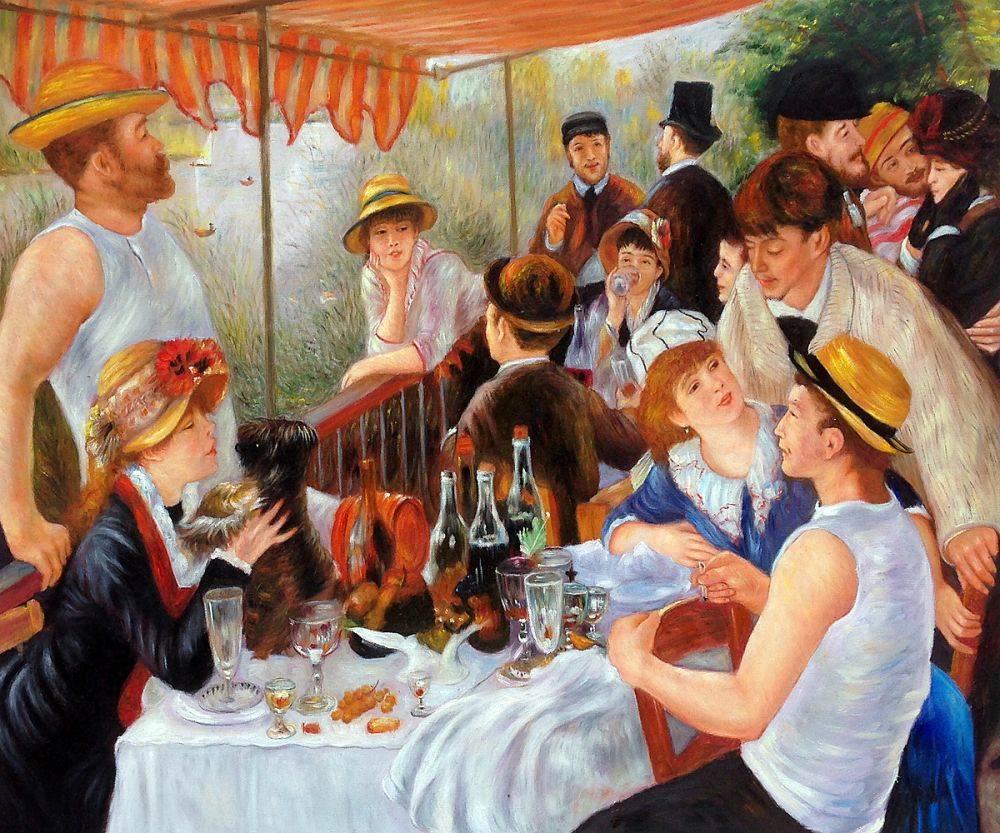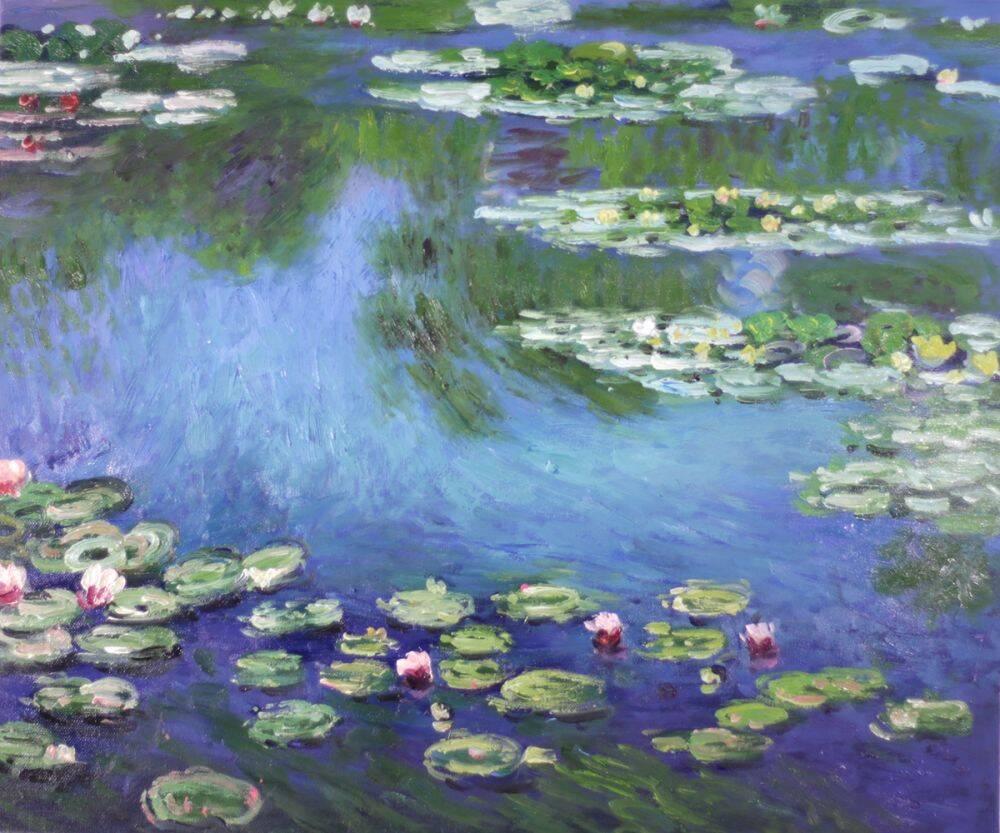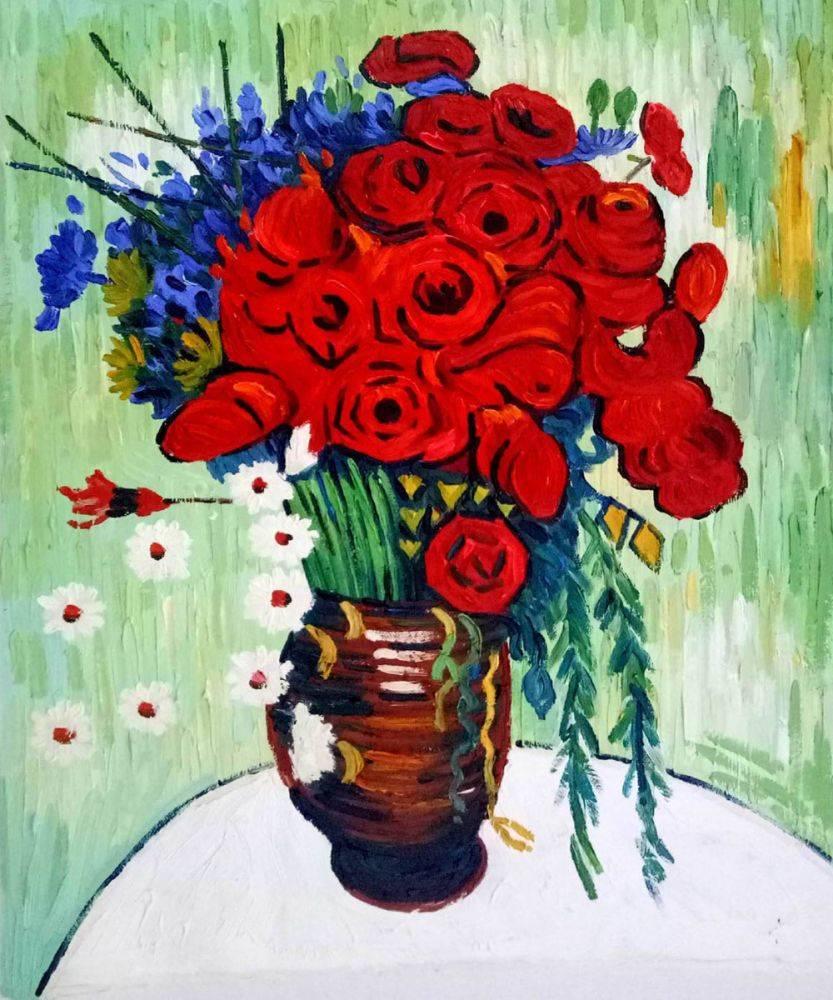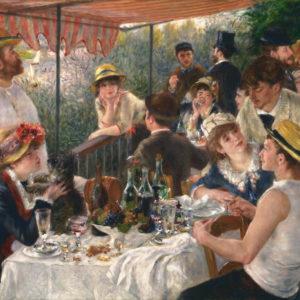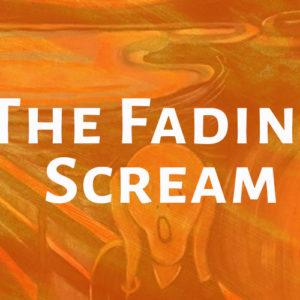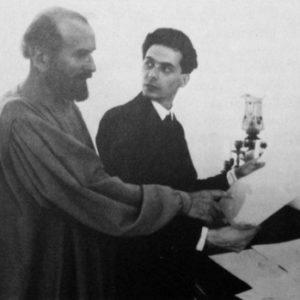Facebook stories
Top ‘Liked’ art posts from facebook Jan 2012
 The following is a collection of the top posts of the week that we’ve shared on our facebook wall. We try and make our facebook posts informative and engaging as we love to hear what our fellow art lovin’ friends have to say about particular artists and their art.
The following is a collection of the top posts of the week that we’ve shared on our facebook wall. We try and make our facebook posts informative and engaging as we love to hear what our fellow art lovin’ friends have to say about particular artists and their art.
So if you have a moment, check out our facebook page and share your passion for art and wall decor with us!
 “I make no distinction between painting and poetry….” The poetic paintings of 20th century master Joan Miro (1893-1983) amuse, inspire and captivate audiences worldwide.
“I make no distinction between painting and poetry….” The poetic paintings of 20th century master Joan Miro (1893-1983) amuse, inspire and captivate audiences worldwide.
Born in Barcelona, Spain, Miro studied art at School of Fine Arts at La Llotja and Gali’s Escola d’Art. His earliest works show the influence of the Fauve and Cubist movements which were fashionable in Spain during the early part of the century. In 1920, Miro traveled to Paris and painted with Surrealists Andr, Masson and Max Ernst. While frequently identified with the Surrealist movement, Miro never fully accepted the movement’s creed and refused to sign the Surrealist Manifesto.
Miro’s vibrant canvases transport the viewer to alien worlds inhabited by all manner of whimsical creatures. His work has been characterized as psychic automatism, an expression of the subconscious in free form. By 1930 Miró had developed a lyrical style that remained fairly consistent. It is distinguished by the use of brilliant pure color and the playful juxtaposition of delicate lines with abstract, often amoebic shapes. Throughout his life, Miro felt a deep connection to his Catalan heritage and much of the symbolism that is so prevalent in his work is deeply rooted in this bond.
In 1940 Miro returned to Spain and began to explore new media including large scale sculpture, ceramics, murals and tapestries. Following his first retrospective at The Museum of Modern Art in 1941, Miro achieved international acclaim and is recognized as a pioneer of Modernism. After 1941, Miró lived mainly in Majorca. He painted murals for hotels in New York City and Cincinnati and for the Graduate Center at Harvard. In 1958 he completed ceramic decorations for the UNESCO buildings in Paris. Many of his canvases are in the Museum of Modern Art and the Solomon R. Guggenheim Museum, both in New York City.
 Pablo Picasso (1881-1973) experimented with the Cubist style he co-founded throughout his career, varying the style to create new ways of expressing himself. Painted in 1932 when he was 50 years old, Pablo Picasso’s “Le Rêve” (“The Dream”), has long been famous as an example of his later Cubist works — and infamous for its erotic portrayal of his then young mistress Marie-Thérèse Walter.
Pablo Picasso (1881-1973) experimented with the Cubist style he co-founded throughout his career, varying the style to create new ways of expressing himself. Painted in 1932 when he was 50 years old, Pablo Picasso’s “Le Rêve” (“The Dream”), has long been famous as an example of his later Cubist works — and infamous for its erotic portrayal of his then young mistress Marie-Thérèse Walter.
“The Dream” became something of a nightmare for owner Steve Wynn, who purchased “Le Rêve” in 2001 for an undisclosed sum, estimated to be about $60 million. The painting became the centerpiece of his collection, often on display at the Bellagio Las Vegas, but in 2006, Wynn was set to part with the painting for a record $139 million. Sharing the news of the recently finalized sale to friends, Wynn accidentally elbowed the painting, creating a half-dollar sized hole in the masterpiece. Wynn ultimately decided to release the buyer from the sale agreement and to repair and keep the painting himself, and “Le Rêve” remains part of Wynn’s private collection, which also includes works by artists Paul Cezanne, Paul Gauguin, Vincent Van Gogh, Édouard Manet, Henri Matisse, Andy Warhol, and Johannes Vermeer.
Experience our collection of Picasso’s incomparable art.
 “I have never painted a self-portrait. I am less interested in myself as a subject for a painting than I am in other people, above all women.” – Gustav Klimt Paintings.
“I have never painted a self-portrait. I am less interested in myself as a subject for a painting than I am in other people, above all women.” – Gustav Klimt Paintings.
In his lifetime, Klimt (1862 – 1918) was known to have an exceeding love for two things: his home country, Austria, and women. Klimt was known among art circles as something of a womanizer (fathering at least fourteen illegitimate children), and it was this extreme admiration of women that motivated both his philandering and his artwork. The former, of course, eclipsed the latter, and today we have Klimt’s wonderful oeuvre of gilded and intricately adorned ladies.
The names of the models and other women in his life do not always survive, partly because his most famous lover Emilie Flöge burnt much of his correspondence after his death from a stroke in 1918. One who has been identified by chance only recently was Hilde Roth, a beautiful Bohemian redhead from Budapest whose face can be seen in Lady with Hat and feather Boa, 1909.
 We are looking forward to an inspiring 2012! What do you predict will be your biggest inspiration this year?
We are looking forward to an inspiring 2012! What do you predict will be your biggest inspiration this year?
The beginning of a new year is the perfect time to evaluate the state of things and look forward to a new start. Whether 2011 was the best year yet or you’re happy it’s dead and gone, we can all welcome new opportunities for great things to come. A wonderful new year’s “resolution” could be to focus on the creativity inherent in our surroundings. In nature, music, conversations, facial expressions – art is truly everywhere you look.
Nobody can predict what 2012 will hold, so why not create your own reality? Get inquisitive about life, work hard for the things you love, and look around plenty of the time to appreciate the beautiful things in life. Happy New Year!
This is it! We hope you will continue to enjoy reading our ArtCorner blog in the new year and come join us on facebook for more artistic discussions!
